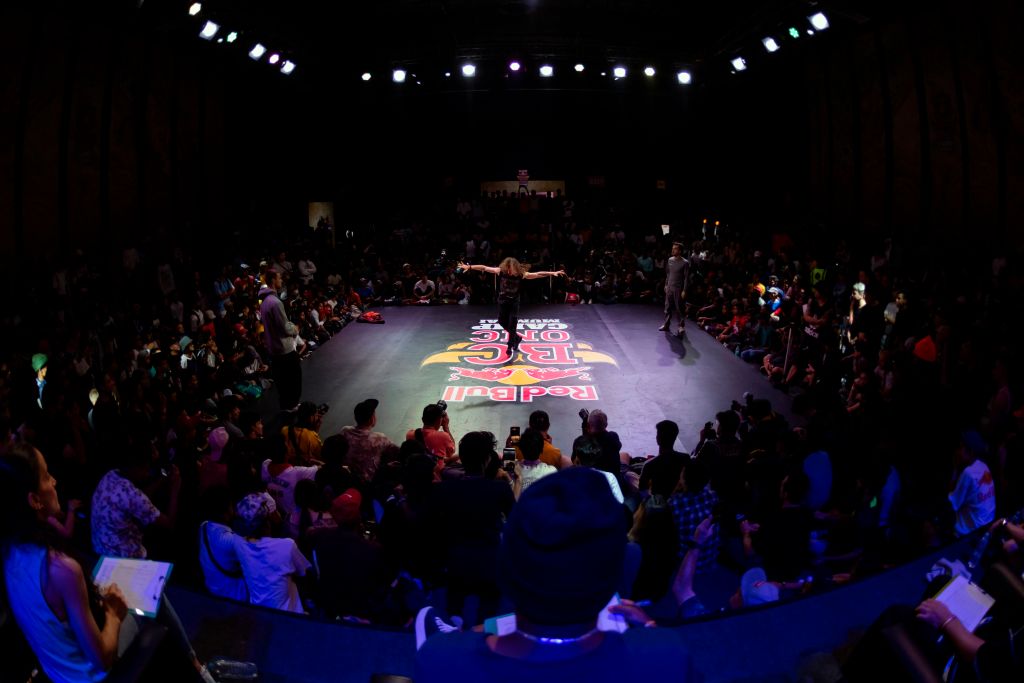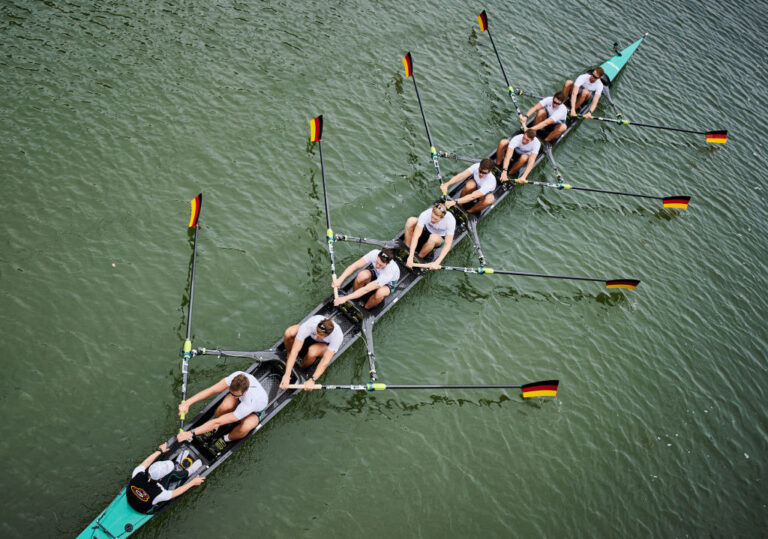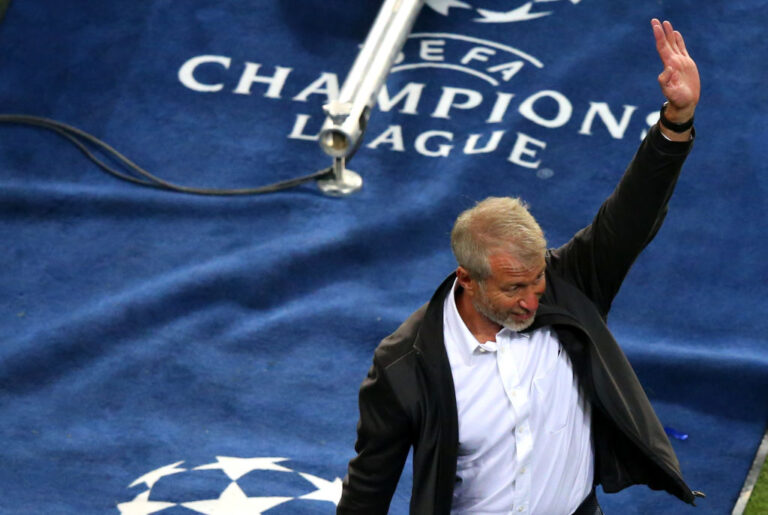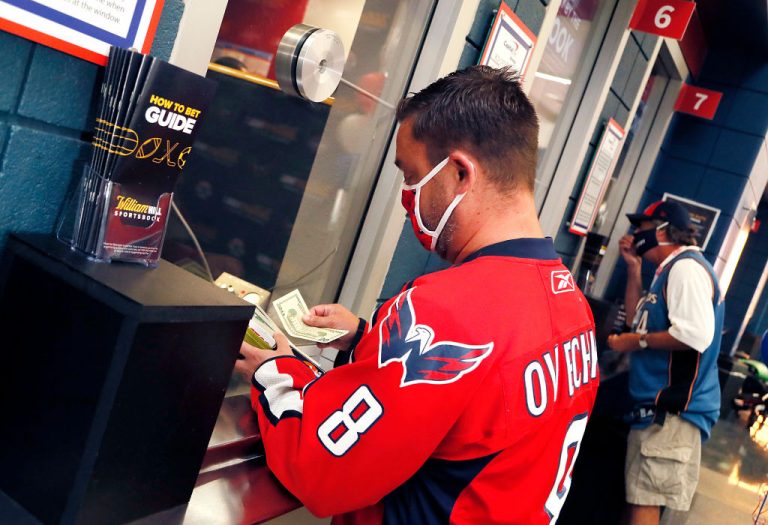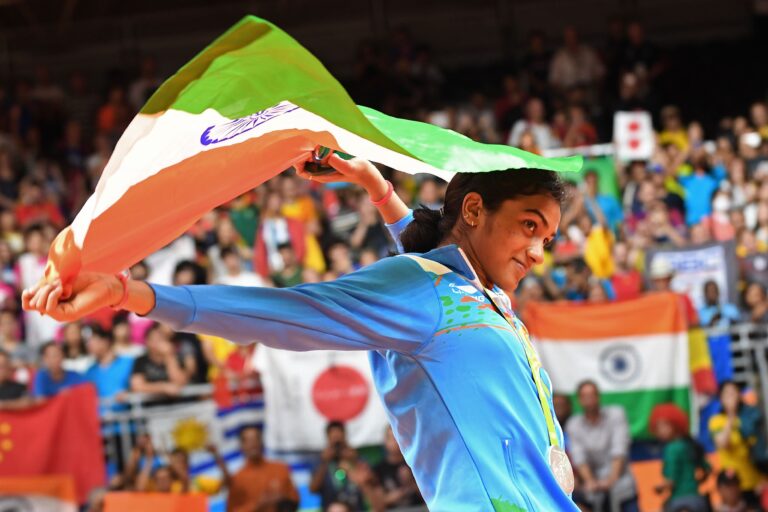Opinion: Breaking is Headed to the Paris Olympics in 2024. Are Organizers in it for the Right Reasons?
Why this matters
The addition of breaking to the Paris Olympics was seen as a breakthrough for Hip Hop lifers and advocates. However, the governing bodies organizing the introduction to the Games don’t have a track record of supporting Hip Hop, or even breaking itself.
As leaders seek to appeal to younger sport fans tuning into the Olympic Games, competitive breaking will make its debut in 2024 in Paris. But many in the Hip Hop community like myself are already nervous that the stewards of breaking will be cast aside in favor of indulgent bad actors or flat-out frauds with no connection to the breaking communities.
Because I have been a practitioner and student of Hip Hop culture since the early to mid-1980s, this work is personal to me. I am a style writer and letter bender in addition to a Bboy with roots in Chicago, and I now live in Arizona. I am the co-founder of Furious Styles Crew, which has been a worldwide Hip Hop collective since its establishment in 1993 with chapters in Barcelona and Copenhagen.
I’ve had the honor of competing, teaching, judging, and actively participating in events worldwide while representing the USA on many large stages. Now, I am the director for one of the world’s longest consecutive Hip Hop crew anniversaries in the world, the Furious Styles Crew Anniversary. I have served as a consultant and guest artist at Arizona State University since 2000, which has led me to my present position as a clinical assistant professor at the School of Music, Dance and Theatre. Here, I teach traditional Hip Hop movement classes as well as the newly developed history of American Hip Hop dance.
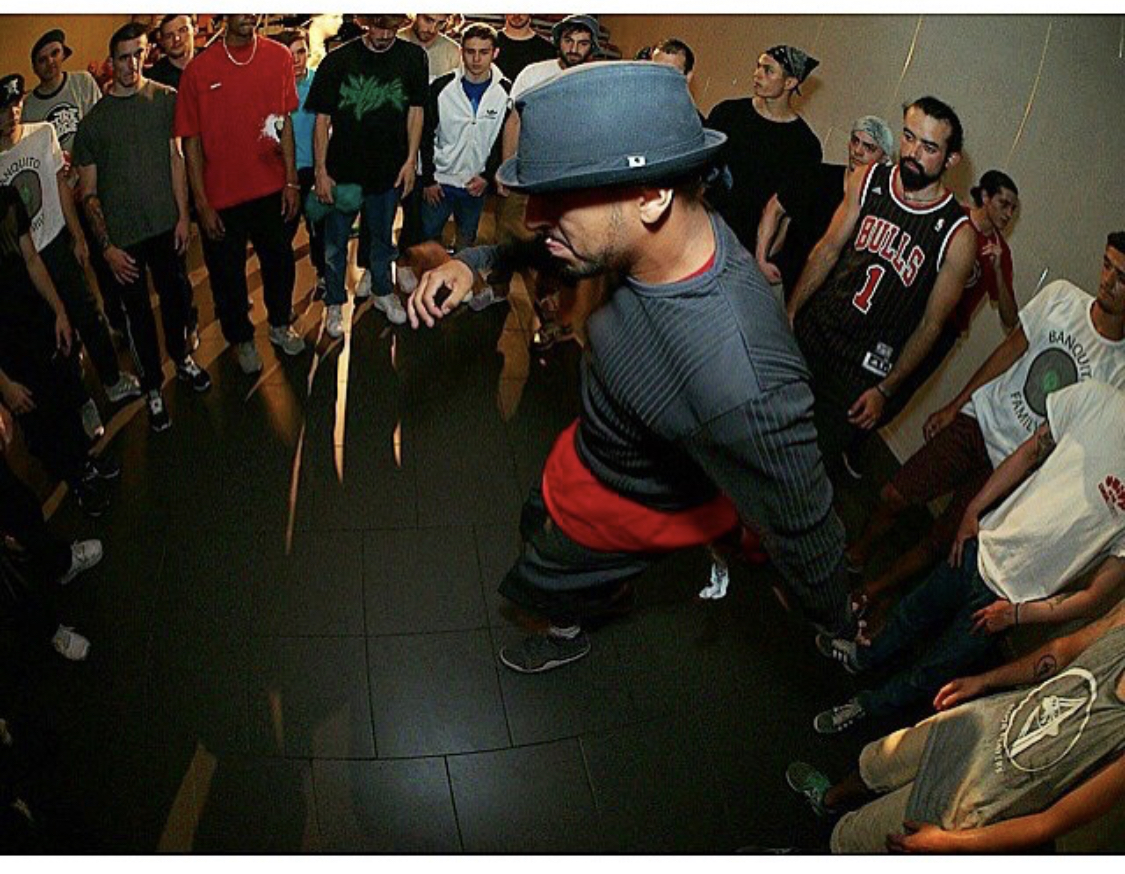
When it comes to Paris 2024, the question is not whether the Hip Hop culture and specifically the dance community want to see breaking in the Olympics or not. Many are happy to see the art form and athletic endeavor we love so much get the chance to grow. There could certainly be benefits for the dance, including a new generation exposed to the culture to continue the legacies and stages to shed light and create opportunities for dancers around the world who continue to sacrifice all for the freedom to express. But at what cost?
From the start, the path breaking has taken to the Olympics has been marked by questionable motives. Breaking was initially added to the 2018 Youth Olympics in Buenos Aires, a formative breeding ground for prospective Olympic sports under International Olympic Committee chair Thomas Bach. Since then, the strategy has been all wrong. The IOC appointed the World DanceSport Federation to head up the organization of breakdancing competition in the lead-up to the 2024 Games. The only issue? The WDSF has hardly any experience managing breaking, leading many to wonder whether it will prioritize the sport’s spirit of creative expression and social good – or simply be involved in order to get in good with the IOC for separate financial and creative reasons.
“Why would the Olympics accept such a polar opposite and illegitimate entity as the WDSF to have anything to do with breaking?”
The WDSF is not a breaking organization. Its prior incarnations were designed specifically to advocate for and organize ballroom dancing. USA Dance, the national governing body for WDSF, was called the United States Amateur Ballroom Dance Organization until 2005. On its website, USA Dance bills itself as the “National Governing Body for DanceSport in the United States,” but its mission statement is to “improve the quality and quantity of ballroom dancing in the United States.” At the international and national level, the group has indicated no clear support for breaking or Hip Hop more broadly.
To this day, despite breaking being the sport actually in the Olympics, these groups maintain front-facing support for ballroom first and foremost. The most cynical (but not unfounded) interpretation of this effort by the WDSF is that the organization is running the sport of breaking as a “trojan horse” to get ballroom into the Games, which it has so far failed to do. Though WDSF spokesperson Ronald Hilfiker alleges the organization hosted a championship event for breaking during its 2013 tournament, a report indicates that neither the YouTube footage nor the program from the competition have evidence that breaking was a part of the event. In response, a petition circulated in 2017 titled “Get the WDSF’s hands off hip-hop."
“Why would the Olympics accept such a polar opposite and illegitimate entity as the WDSF to have anything to do with breaking?” reads the petition.
Clearly there is room for both breaking and ballroom on the Olympic stage, but the reason breaking lovers worry about the allegiances of the WDSF is because breaking is not merely a sport. Breaking is the original street dance form of what we today know as Hip Hop. Rooted in the African diaspora and manifesting with the Puerto Rican and African American youth in the South Bronx neighborhood of New York City in the mid-1970s, the Breakboys and Breakgirls (breakers) were born.
When the term “Hip Hop” was coined by the pioneer Afrika Bambaataa, breaking took its place as one of the four pillars, along with turntablism (DJing), MCing (rapping), and aerosol art (graffiti). The early practitioners and pioneers of breaking were youth often coming from the same marginalized neighborhoods during a time of bankruptcy and decay of NYC.
Breaking is still an infant in comparison to aristocratic forms such as ballroom, but the sport is an undeniable worldwide influence that has literally turned dance and art upside down with its wild style and youthful energy. This is a war dance to many, and freedom to all who embrace it, a dance that is a reaction to music such as that of the godfather of funk and soul, James Brown.
On a platform such as the Olympics, where we can presently see the repercussions for athletes who stand up or kneel down for what they believe in, breaking will be a hard pill to swallow. It is revolutionary by nature and contains an embodied message in every raw dancer. That is, unless it gets watered down or White-washed to make the masses feel comfortable. Replace the original Black music with digitized loops, remove the physical expression down to moves, you remove the story and the soul.
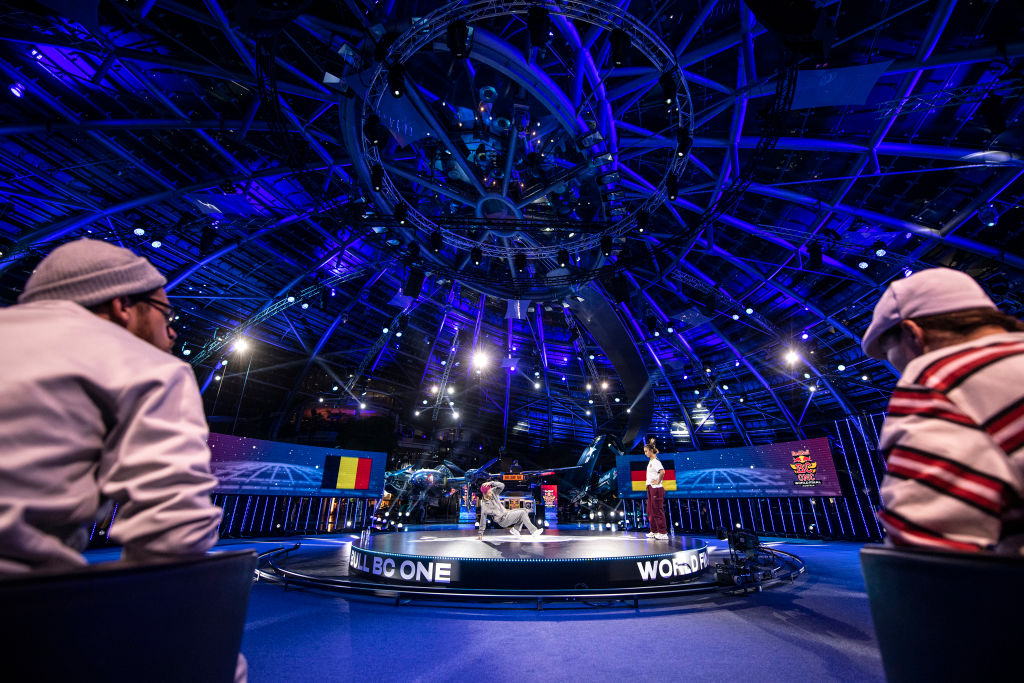
As we approach the 2024 Olympics, we need only look to the Red Bull BC One championships, the largest organized competition prior to breaking’s entry into the Games. There, you will hear little to no funk, soul, or Hip Hop music. Instead, it’s looped digital beats often made by deejays who are very talented folks but can’t be compared to a song with the natural vibes of a live band.
On platforms like Red Bull BC One, the focus is often the return on investment, and that means numbers and getting their product to be associated with young people. Rather than vibrant live music, you hear bells and whistles and high-speed beats that have the dancers all feeling like a looped beat. Hip Hop is the umbrella for the elements, and breaking is its original physical manifestation of this creative intelligence. Progress has been made throughout the years at these events on these forefronts, and we can only hope that this progress continues, along with real work to be a corporation that up until now has projected silence in the recent BLM movements, which does not align with the breaking communities.
There’s also the matter of who gets control over breaking in Paris as organizers, coaches, and competitors. The breaking community in general is at a split, but the overall consensus is best described as a desire to move forward by putting our own people at the tables with actual influence in the process. But that did not happen at the Youth Olympics in Buenos Aires three years ago. The creators of the culture had little to no representation there. Going forward, the hope is that we can influence and contribute to such platforms for a positive collective consciousness.
“This is a dance born to give all equal opportunity; the cypher is the ultimate equalizer to all.” -Edson Magana
This does not mean the relationship between the breaking community and the WDSF or other ballroom groups is impossible, but it would be wise for WDSF to let us learn from past mistakes both in and out of the sports world. This is a dance born to give all equal opportunity; the cypher is the ultimate equalizer to all.
Regardless of race, gender, or economics, what matters is what you bring to the floor. Breaking provides an opportunity for any child to work hard and have the opportunity to share an exchange with their heroes. Our story tells us that before it was called breaking, it was “rocking” or just plain “going off.” This must be a conversation between all, and not a token dance for agendas or other appropriated dances.
As a youngster, I was limited to the “organized” sports I could participate in. Be it economics, not being fast enough or big enough, or dealing with discriminatory coaches, I was steered away from high-level sport. Now, breaking will be in the Olympics, regardless of how I or others may feel. We have much work to do within breaking to create our own sustainable organizations, which has proven to be a challenge and has caused much divide.
Hip Hop has gotten this far against all odds. We can and will be the future.
Monthly Issue
The Risk & Reward of Globalized Sport
Globalization has accelerated since the latter half of the 20th century, making sport a key cultural import. Whether it was a Michael Jordan sneaker or simply a ball and net that helped new communities discover soccer, the United States gave and received sport along with many nations around the world.
It’s unclear if those same silos still exist today. Sport is increasingly a means by which nations interact, and at a higher level of interconnectedness than ever. In what ways is sport's impact being utilized as a tool for development and detriment around the world?

